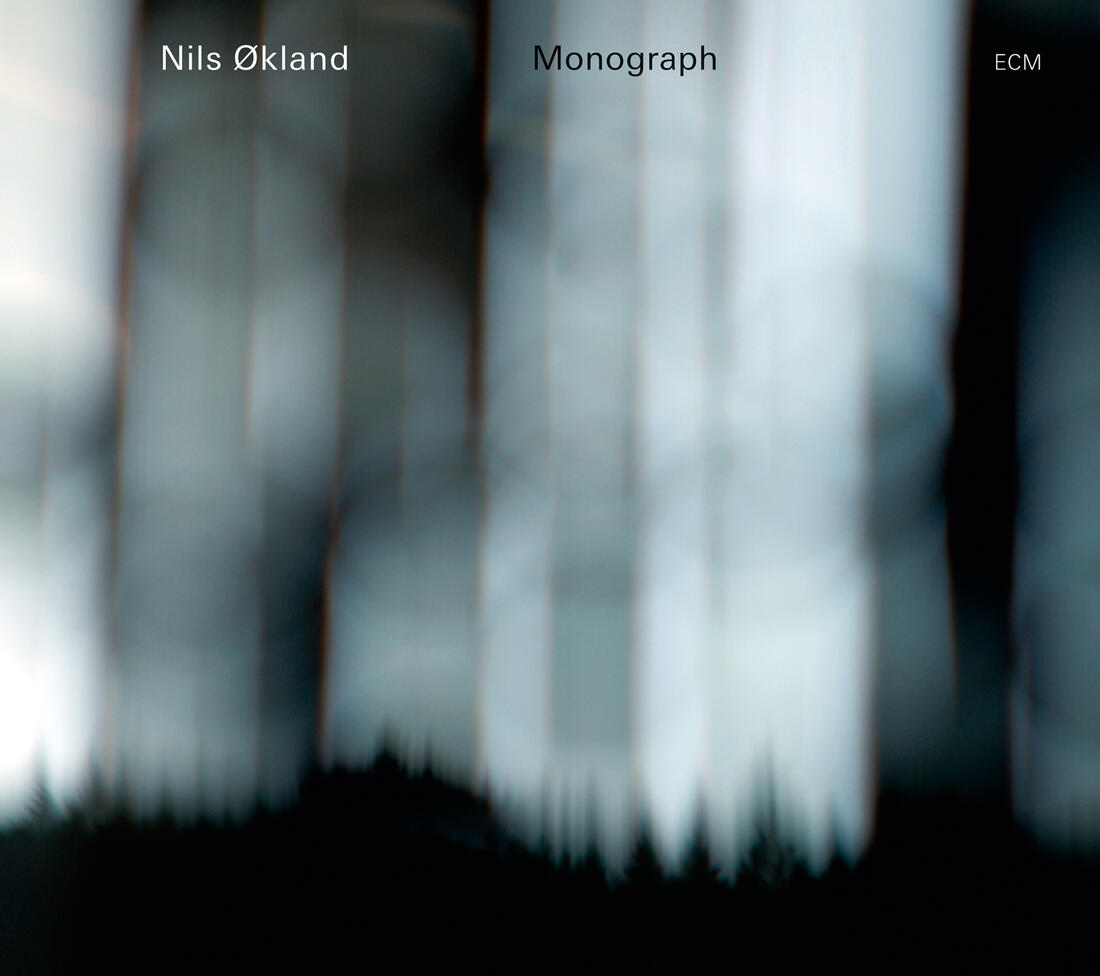On “Monograph” a powerful and moving solo performance, Økland plays his own music, and underlines his connection to the rich Norwegian folk tradition. His tunes feel like pieces born of the soil, earthy, rooted. He has been inspired by “the freedom, variation and individuality” of his homeland’s folk music and cites the influence of fiddle players - including Knut Hamre, Torleiv Bjørgum, Hilmar Alexandresen, Hans W. Brimi and Sigbjørn B. Osa - yet also draws influence from the work of modern Norwegian composers including Arvid Gangsø and Ole Henrik Moe. Ultimately, Økland’s music occupies a space of its own, between folk music, free improvisation and contemporary composition.
Nils’s biography has touched upon a still wider range of references. Born in Haugesund in western Norway in 1961, Økland attended the Rogaland Music Conservatory and the Norwegian State Academy of Music. He studied classical violin with Terje Tønnesen, the first violinist of the Oslo Philharmonic Orchestra – known to ECM listeners for contributions to recordings by Terje Rypdal– and Hardanger fiddle with two of the greatest masters of Norway’s national instrument, Knut Hamre and Sigbjørn Bernhoft Osa. He also made further studies in improvisation with Bjørnar Andresen (bassist with Rypdal’s early groups).
A scholarship brought Økland to the Budapest Academy of Music, and in Amsterdam he studied the music of Bohemian composer/violinist Heinrich Ignaz Franz von Biber (1644-1705) with leading authority Jan Willem de Friend.
Nils Økland was for six years musical director of the Ole Bull Academy in Voss, Norway, and previously active in several ensembles, playing everything from tango, gypsy music and music from the Balkans to chamber music and rock (Nils and “Monograph” engineer Audun Strype, a musical partner for many years,played together in the punk band Løver & Tigre in the early 1980s. Nils has performed at the major Norwegian festivals and is a regular guest at the Bergen International Festival, where he has performed the Hardanger Fiddle Concerto of Geirr Tveitt. He has also given concerts in most European countries.
Nils plays three Hardanger fiddles on “Monograph”, two modern ones made by Sigvald Rørlie and Gunnar Røstad (from 1925) and an old-style Hardanger fiddle made by Olav Vindal. The Hardanger’s most distinguishing feature is the four or five sympathetic strings that run underneath the fingerboard and add echoing overtones to the sound. The traditional playing style is heavily polyphonic, a melody voice accompanied by a moving “drone” voice.
On “Kvelartak” Økland plays Hardanger fiddle, and on “Pas de deux” , “Mønster” and “Slag”, Økland plays a viola d’amore made by Josef Huber, an experience he likens to “playing on a big Hardanger fiddle.” An old violin, “from around 1700” is instrument of choice for “Seg” and “Nattsvermer” (the latter means “moth” in Norwegian, and Økland lets us hear its fluttering wings in the evocative sound-painting that closes this recital.) Økland has had close contact with the violinmaker Harald Lund in rigging his instruments in the recording prosess. A variety of bows were used on the recording, including baroque bows and copies of old Hardanger fiddle bows.
http://www.ecmrecords.com
Nils’s biography has touched upon a still wider range of references. Born in Haugesund in western Norway in 1961, Økland attended the Rogaland Music Conservatory and the Norwegian State Academy of Music. He studied classical violin with Terje Tønnesen, the first violinist of the Oslo Philharmonic Orchestra – known to ECM listeners for contributions to recordings by Terje Rypdal– and Hardanger fiddle with two of the greatest masters of Norway’s national instrument, Knut Hamre and Sigbjørn Bernhoft Osa. He also made further studies in improvisation with Bjørnar Andresen (bassist with Rypdal’s early groups).
A scholarship brought Økland to the Budapest Academy of Music, and in Amsterdam he studied the music of Bohemian composer/violinist Heinrich Ignaz Franz von Biber (1644-1705) with leading authority Jan Willem de Friend.
Nils Økland was for six years musical director of the Ole Bull Academy in Voss, Norway, and previously active in several ensembles, playing everything from tango, gypsy music and music from the Balkans to chamber music and rock (Nils and “Monograph” engineer Audun Strype, a musical partner for many years,played together in the punk band Løver & Tigre in the early 1980s. Nils has performed at the major Norwegian festivals and is a regular guest at the Bergen International Festival, where he has performed the Hardanger Fiddle Concerto of Geirr Tveitt. He has also given concerts in most European countries.
Nils plays three Hardanger fiddles on “Monograph”, two modern ones made by Sigvald Rørlie and Gunnar Røstad (from 1925) and an old-style Hardanger fiddle made by Olav Vindal. The Hardanger’s most distinguishing feature is the four or five sympathetic strings that run underneath the fingerboard and add echoing overtones to the sound. The traditional playing style is heavily polyphonic, a melody voice accompanied by a moving “drone” voice.
On “Kvelartak” Økland plays Hardanger fiddle, and on “Pas de deux” , “Mønster” and “Slag”, Økland plays a viola d’amore made by Josef Huber, an experience he likens to “playing on a big Hardanger fiddle.” An old violin, “from around 1700” is instrument of choice for “Seg” and “Nattsvermer” (the latter means “moth” in Norwegian, and Økland lets us hear its fluttering wings in the evocative sound-painting that closes this recital.) Økland has had close contact with the violinmaker Harald Lund in rigging his instruments in the recording prosess. A variety of bows were used on the recording, including baroque bows and copies of old Hardanger fiddle bows.
http://www.ecmrecords.com


